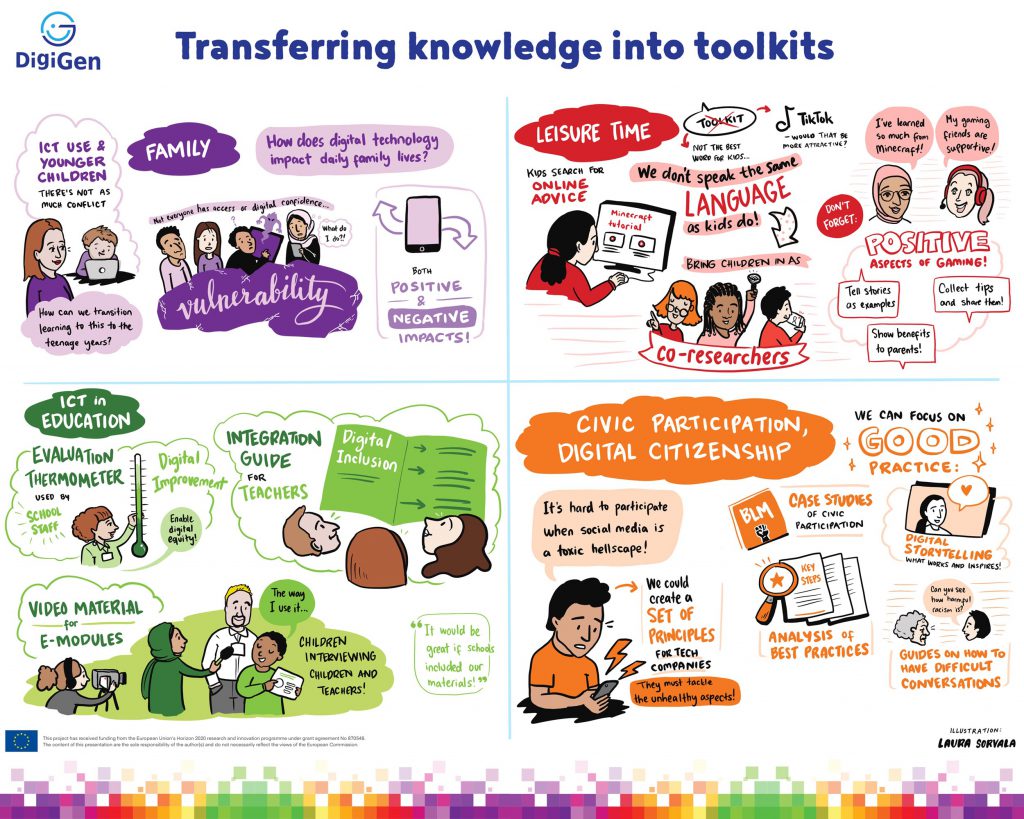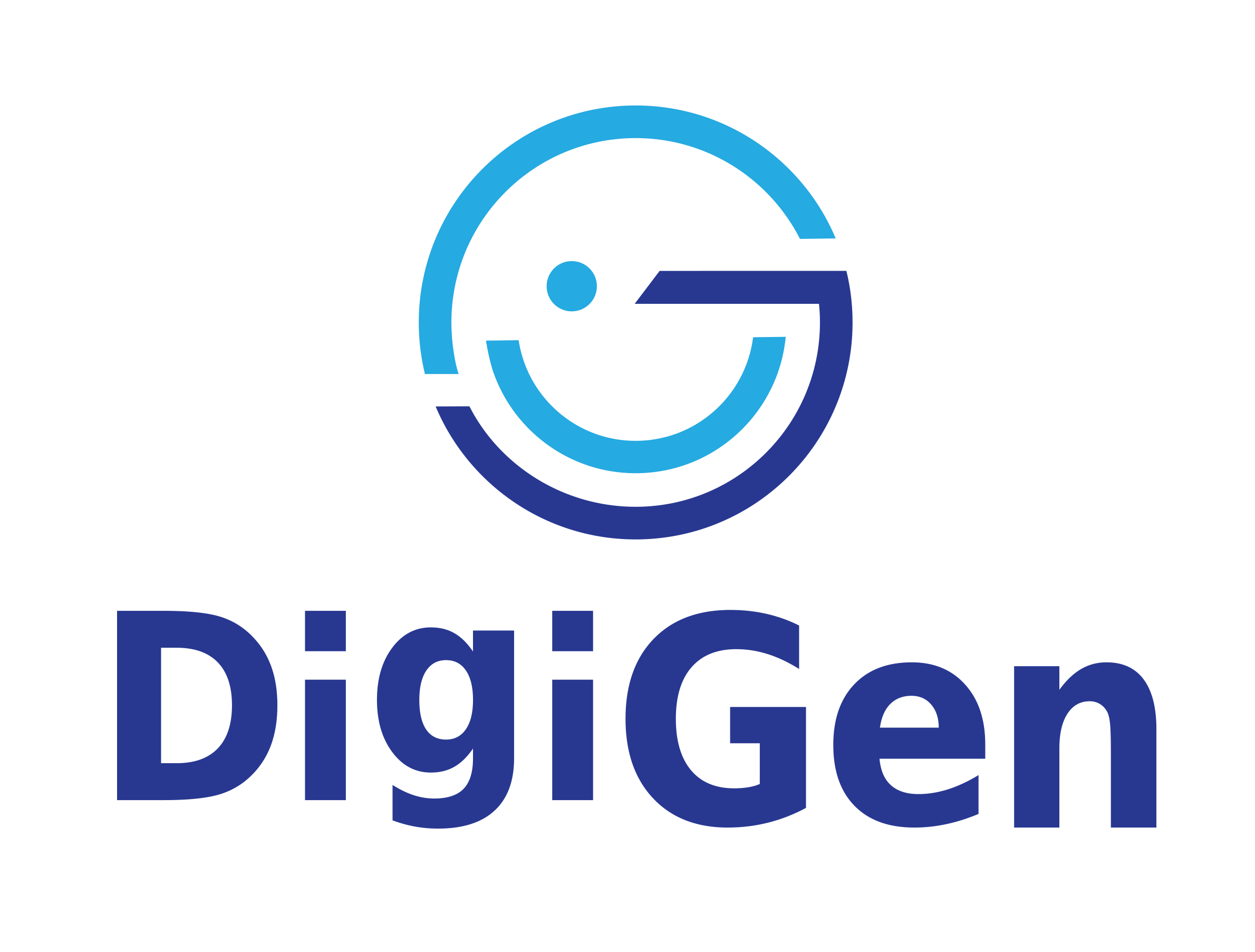By Professor Maria Roth, researcher from the Babeș-Bolyai University and Professor Halla Holmarsdottir, project coordinator from OsloMet
The use of the internet generates both risks and opportunities for children and young people (the digital generation), and chances for safe and creative ICT use increase if we create learning contexts for the digital generation that allow them to explore, debate, formulate and learn about and with new technologies.
Looking at their ICT use, we can observe several paradoxes: children and young people today can easily acquire the technologies and surpass earlier generations with their expertise, however, parents and educators would like to control them and set limits in order to support healthy and positive digital experiences; for the sake of protecting their children from potential harm, parents might limit children’s use, but this could lead to less competence in ICT technology; on the other hand, children are often limited in ICT use, due to the social inequalities they face, which may leave them without adequate access to ICT, in spite of the explosion of new technologies and internet resources.
Despite growing up in a world dominated by technology, children and young people can experience limited competences [1] in using ICT for educational purposes, for vocational development, for critically evaluating information on social media, and for acquiring relevant concepts and data necessary for building up an active stance for today’s challenges (like for example regarding the spread of the corona virus, vaccines and health risks).
In response to these challenges, a DigiGen working group is planning the development of a toolkit/or toolkits – embedded in an e-learning context – to contribute to the advancement of ICT knowledge and skills for children and young people in different age groups. A recent meeting on this topic, that took place on 20 September 2021, with DigiGen researchers, was meant to brainstorm first ideas on the kind of tools that could be produced to guide the diverse use of ICT by children in the much desired directions of competency and safety. Researchers responded to several questions, like how to accomplish this task, whom to target with the toolkit, and what kind of audio-visual materials to use.
Considering various possibilities, one option was to develop separate toolkits per focus area: education, family, leisure time, and civic participation, as well as per target groups: parents, children, teachers, other stakeholders. For instance, researchers from the participating countries could develop toolkits with information on ICT for education, helping educators to better understand how they can benefit by using internet technologies for education.
Another option could be to combine the outcomes across different domains, by target groups. In this perspective, we could prepare a Toolkit for Parents Best Practices (Parents’ BPT), with information collected from across the different focus areas, not only from the area of education, but also from children’s civic movements, or gaming; or we could collect information for parents of children from different age groups, covering family life, schooling, gaming and civic participation. Similarly, we could develop a Kids’ BPT, or a Tech and gaming companies’ BPT. It is clear that the options are many and this workshop was a start in brainstorming the possibilities. The next steps will be to consult stakeholders on what they would like to see, what they need and in what format.
Certainly, opportunities for developing a useful e-learning toolkit should be integrated with content that promotes good communication between target groups. From this perspective, children are essential in transmitting their view on how they see the role of ICT in their lives, both for the present day and for the future. Thus, the knowledge gained from family and children interviews should be presented in an attractive, story like, graphic or video format, to inform and ensure better communication between parents and children and give suggestions for mediating potential conflicts or dilemmas between children and parents.
Focusing on communication between parents, children and educators, using citations, graphic materials and directing to adjacent resources would be beneficial for each stakeholder of the DigiGen project. Prioritising the idea of developing an “overarching” toolkit, one possible option would be a unique toolkit with good practices and recommendations coming from children and adolescents, with good practice advice to parents, educators, policy makers and companies.
A dedicated working group will consider these initial ideas and prepare concrete next steps in the development of a DigiGen toolkit.


The workshop’s discussions were captured in drawings by Laura Sorvala, illustration by www.laurasorvala.com.
References
[1] Erstad, O., Kjällander, S., Järvelä, S. (2021). Facing the challenges of ‘digital competence’, Nordic Journal of Digital Literacy, pp. 77-87, DOI: https://doi.org/10.18261/issn.1891-943x-2021-02-04

